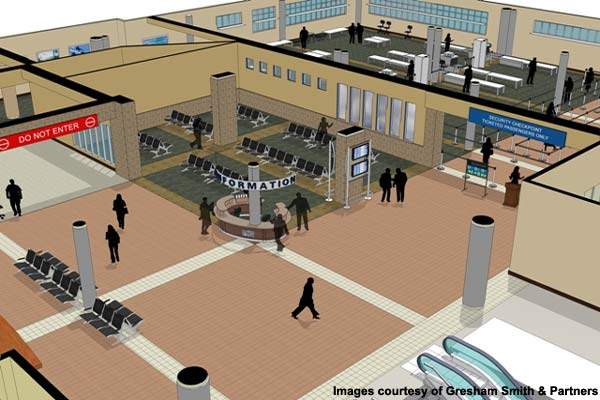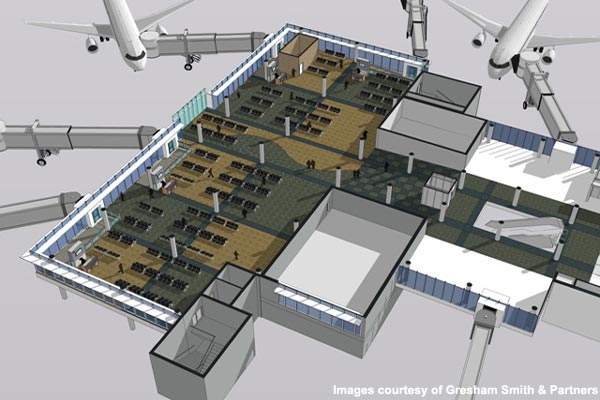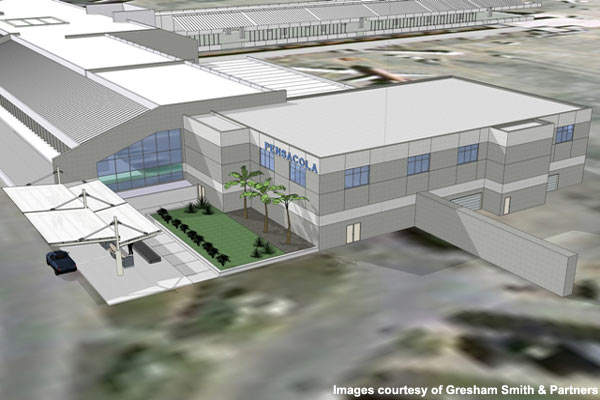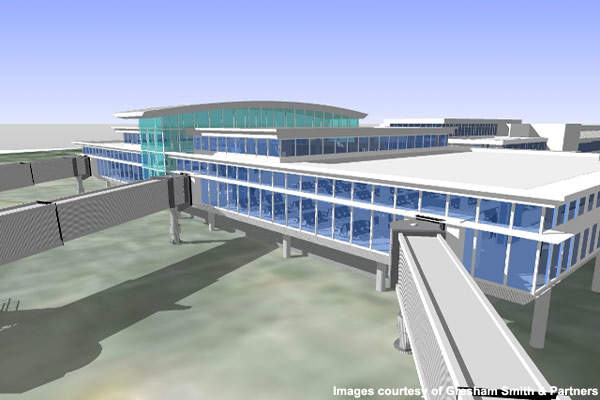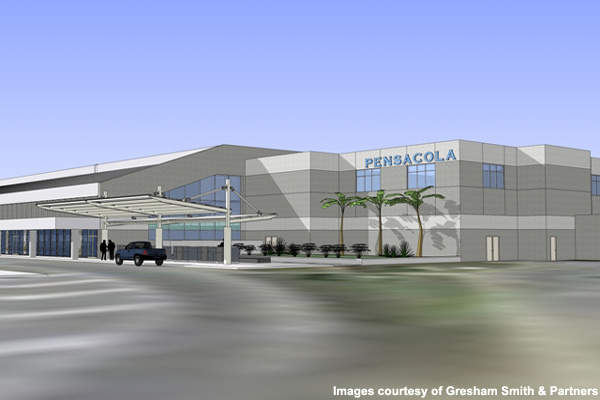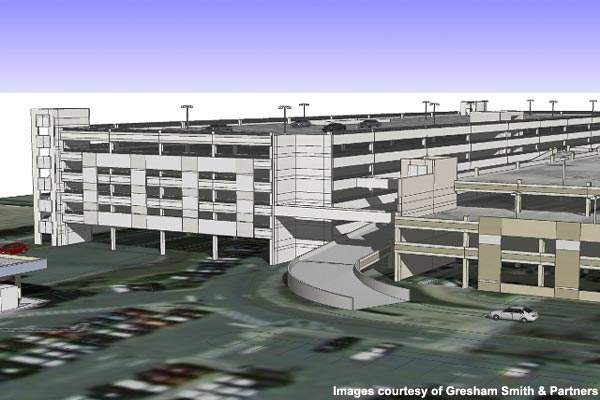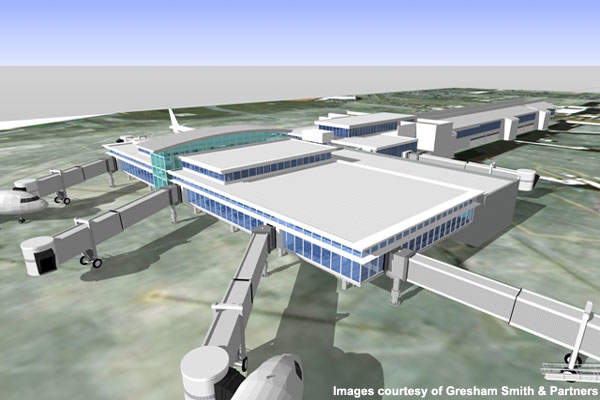Pensacola Regional Airport (PRA) is a public service airport serving a small area of the Florida panhandle (the city of Pensacola owns and operates the airport). The airport is actually located around three miles (5km) from the city of Pensacola, Escambia County.
PRA is a regional airport flying commuter services to cities such as Charlotte, Dallas, Atlanta, Houston, Fort Lauderdale, Memphis, and also Chicago O’Hare. The airport has considerable space, being arranged on a 1,211-acre (490ha) site with two runways: 17/35: 7,004ft × 150ft (2,135m × 46m) and runway 8/26: 7,000ft × 150ft (2,134m × 46m), both asphalt paved.
The runways have reasonable facility for domestic flights, with the approach to runway 17 being equipped with a full instrument landing system and also an approach light system and runway 26 with a localiser approach.
Attention has also been paid to the state of the runways with a 1,000ft extension to the east end of Runway 8/26 completed in 2006, part of a $50m runway rehabilitation programme, which also included resurfacing.
There are currently 46 outbound flights a day but runway facility for many more. There are plans to extend runway 17/35 to around 8,500ft so that larger aircraft can use the airport.
Pensacola airport facilities and expansion
PRA has a single passenger terminal with a total of 12 gates. The lower level of the terminal houses gates nine to 12, which are used for commuter flights.
In March 2008 it was reported that a $100m expansion project was underway at the airport which would involve the expansion of the terminal building and various other improvements. It is rumoured that Southwest Airlines may be set to use the airport once the expansion project is completed.
Some of the expanded facilities include an expanded terminal building with a state-of-the-art in-line baggage screening system, four additional passenger loading gates to bring the total to 16, an enlarged check-in area for passengers, additional retail concession and restaurant space (Varona Enterprises has the retailing concession) and also a new 1,300-space multi-storey car park adjacent to the existing parking building. The project is expected to be carried out in three phases.
- Phase I includes the relocation of the rental-car concession area which began in February 2008 (designed by the LPA Group, four lots from 1.8 to 3.3 acres and four buildings and each lot with a 12,000gal underground fuel tank)
- Phase II includes the main terminal expansion, which started in August 2008 and was completed in 15 months, three months ahead of schedule
- Phase III, which started in late 2008, includes the construction of the parking garage adjacent to the existing parking building
All construction work on the expansion should be completed by late 2010 / early 2011. The director of the airport, Frank Miller, does not expect to see much disruption at the airport during the construction work.
He commented: “The construction will not impact the day-to-day traveller that much because we’re adding on to the existing airport, and we can do much, if not all, of the construction behind temporary walls, especially in the ticket counter and concourse areas. We also plan on doing a lot of the construction at night after the airport has closed.”
Airport baggage handling systems
On 2 March 2010, Siemens installed a $12m in-line baggage screening system at the airport, which will allow the bags checked at the ticket counter to go through the security screening system, to the loading docks and then onto the waiting planes in a single, continuous seamless operation.
The system was designed and engineered by Siemens, who also carried out the fabrication and installation. The system is warranted by Siemens and meets the Federal Aviation Administration (FAA) standards for the screening of checked baggage. The system features 1,436ft of baggage conveyor belts. There are also three federally provided L3 screening devices and the system is anticipated to take just four minutes to process checked baggage from airline counter to baggage carts.
Baggage will also be screened by a new explosive detection system (EDS) called the ‘Reveal CT-80’, which is the first designed for use with 100% checked baggage. This system, introduced in August 2007, has replaced electronic trace detection (ETD).
Part of the funding for the project came from federal grants ($9m) while the remaining $3m was provided by the airport.
Pensacola airport passenger numbers
Pensacola Airport plays host to around six major carriers and enjoys a consistent increase in passenger traffic every year. The passenger count has risen from 1.5 million in 2004, to 1.638 million in 2005, 1.620 million in 2006 to 1.669 million in 2007. In 2009, however, passengers travelling through the airport declined slightly to 1.4 million.
With increasing passenger numbers in mind, the expansion is badly needed. The cost of the project is being funded by airport revenue bonds ($25m), passenger facility charge and customer facility charge.
Contractors
The general contractor for the project is the Greenhut Construction Co. The architects for the project are Gresham, Smith and Partners of Atlanta.
There are also several consultants working on the project, including DMJM Aviation of Tampa (project manager).

